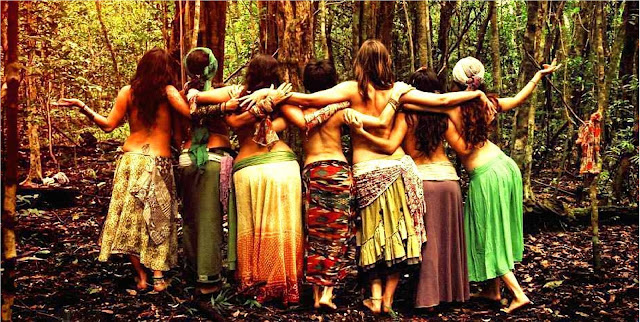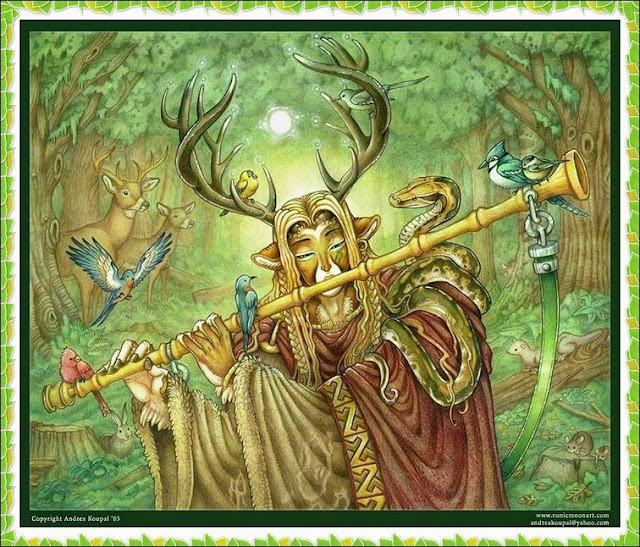Imbolc – Rituals you can participate in
Imbolc is the ancient Celtic festival that honors the goddess Brigid that takes place between the first and second day of February. This holiday is known by many names such as Brigid’s Day and Oimelc. Oimlec means milk of ewes since it is also the traditional lambing season in the old world, animals have either given birth to the first offspring of the year are soon to give birth. Imbolc is the second Sabbat of the Wiccan year and it celebrates the coming end of winter. After Imbolc we start seeing the first signs of spring, days are becoming longer and the sun shines bright again. Imbolc is a time of new beginnings and of purification, which is perfectly symbolized by the transition from winter to spring.
There are many different ways you can celebrate Imbolc. Some people focus on the Celtic goddess Brigid, as a deity of fire and fertility. Celtic Fire Goddess, Brigid, is a patron of smithcraft, healing, midwifery, and poetry. Others focus their rituals more towards the cycles of the season, and nature.
Imbolc Candle lighting ritual
One of many names for Imbolc is Candlemas. Hundreds of years ago it was believed that our ancestors relied upon the sun as their only source of light, candles represent the sun and the guiding path. This ritual is often used as a way to call back the lights, and it is practiced today with the seven candles ritual. One candle represents the thin line between good and evil, some of them stand for the cleansing that fire brings, and the rest of them symbolize the light that comes with the end of winter.
To perform this ritual you will need seven candles, in red and white colors, something to light your candles with, a large bowl or cauldron that can hold the candles, and or salt to fill the bottom of the bowl or whatever you choose using. Pour the sand or salt into the bowl or cauldron. Place the seven candles into the sand so they don’t fall. Once you light the first candle you should say:
“Although it is now dark, I come seeking light. In the chill of winter, I come seeking life.”
Then light the second candle and say:
“I call upon fire that melts the snow and warms the hearth. I call upon fire that brings the light and makes new life. I call upon fire to purify me with your flames.”
Light the third candle and say:
“This light is a boundary, between positive and negative. That which is outside, shall stay without. That which is inside, shall stay within.”
“I call upon fire that melts the snow and warms the hearth. I call upon fire that brings the light and makes new life. I call upon fire to purify me with your flames.”
Light the fifth candle and say:
“Like fire, light and love will always grow. Like fire, wisdom and inspiration will always grow.”
After sixth candle you should repeat:
“I call upon fire that melts the snow and warms the hearth. I call upon fire that brings the light and makes new life. I call upon fire to purify me with your flames.”
And finally after lighting the last candle, imagine all the flames coming as one, a union, and say:
“Fire of the hearth, blaze of the sun, cover me in your shining light. I am awash in your glow, and tonight I am made pure.”
If you are not really up to do the seven candles ritual, an easier way is to just light up all your house lights. That will symbolize the sun and fire of Imbolc.
Searching for Signs of Spring
The first thing that comes to mind is the groundhog coming out of his cave to greet spring, but this can be a lot of things. You can go for a walk and find a flower that started to bloom or a leaf that started growing. Watch for the birds that started returning like little beacons of hope that spring is coming!





















